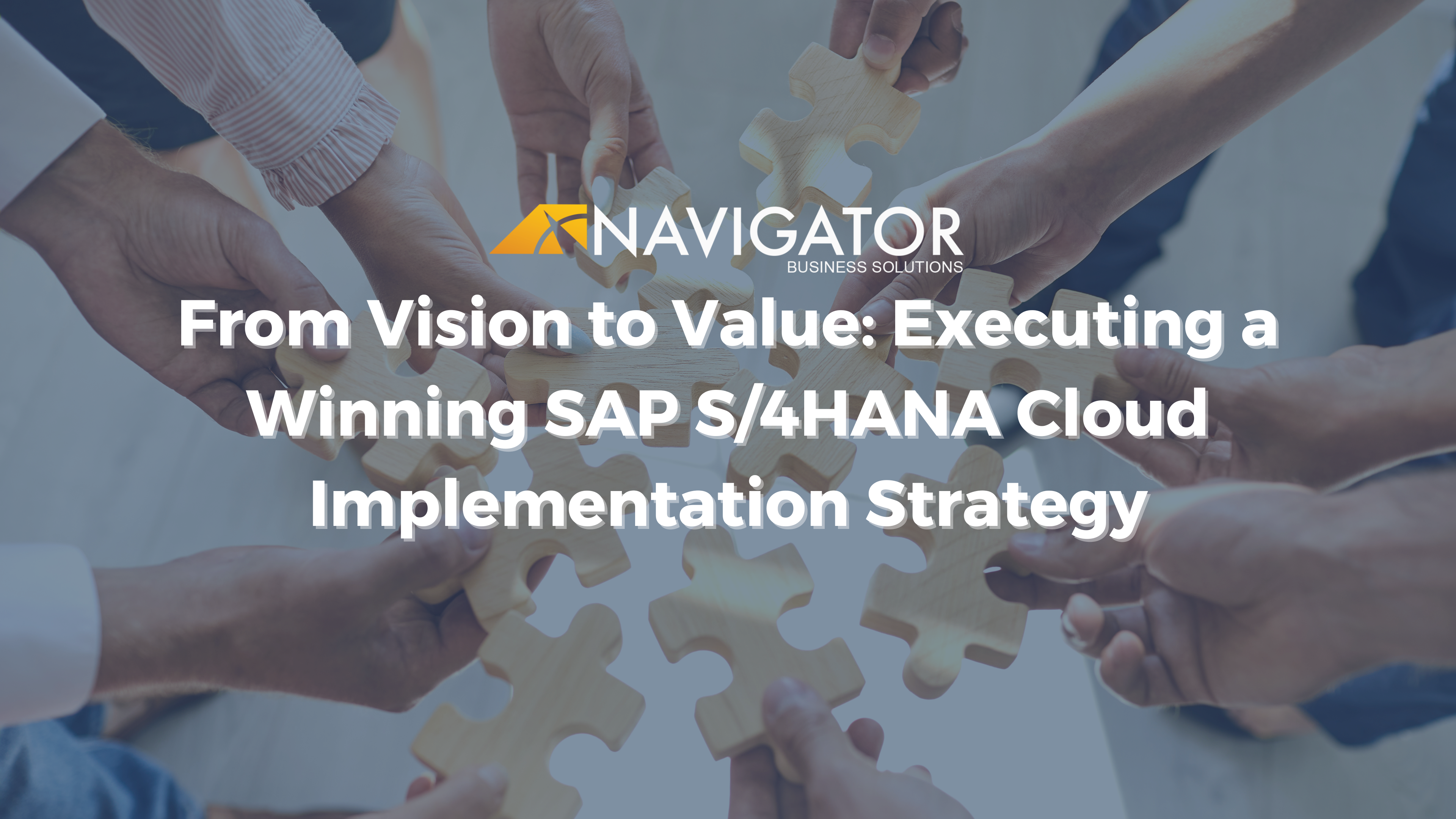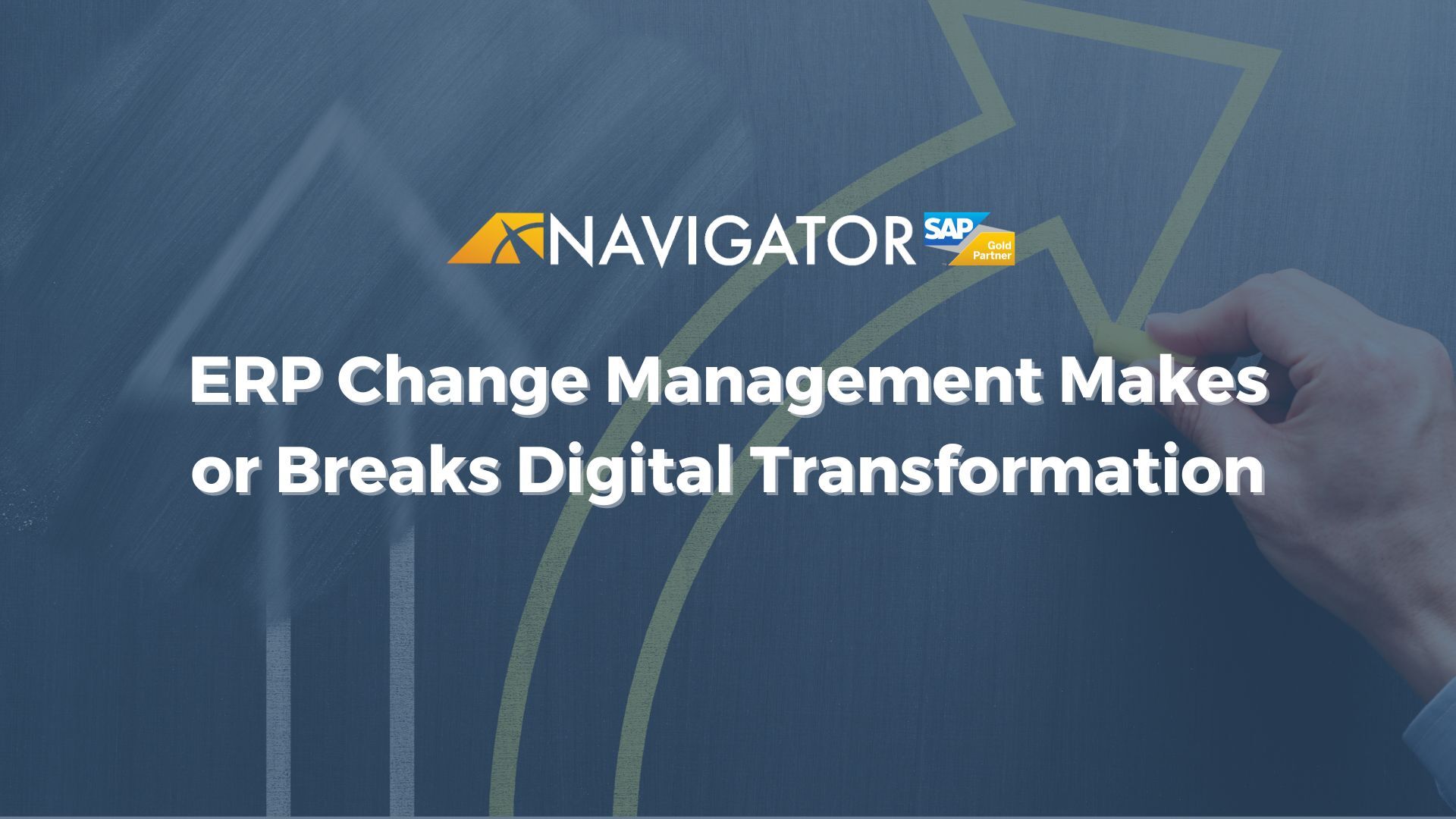So the premise sounds great: a single ERP solution that supports fast-growing businesses today and can also scale to meet the process complexity and transaction volumes of a Fortune 500 multinational tomorrow. This ERP is the gold standard, already used widely, and is supported by an army of third-party developers, consultants, and support organizations. Sounds great, right?
The ERP we’re talking about is SAP S/4HANA Cloud Public Edition, SAP’s flagship Cloud ERP solution that has been engineered for modularity, quick adoption, and scalability.
Naturally, many businesses have been eying SAP S/4HANA since its debut several years ago. Businesses interested in this offering range from startups and small businesses looking for their first ERP system to organizations already running a different SAP product.
But how to make the jump? This article will break down the SAP Cloud adoption journey and define the next step for a business seriously interested in SAP Cloud ERP.
Migrating from an Existing SAP Solution
There are two basic starting points for adopting SAP Cloud ERP, also known as SAP S/4HANA Cloud.
First, there are businesses that already are using an SAP ERP solution and want to make the jump to cloud ERP. SAP has a journey for businesses that are making this transition, and it is called RISE with SAP.
RISE with SAP is an adoption journey developed by SAP that helps current SAP customers transition their processes and data from a traditional ERP to the SAP Cloud ERP models. It’s a bundle of customized ERP solutions, transformative services, expert guides, and business analytics that provide a tailored path for transitioning to SAP S/4HANA Cloud ERP.
To really take advantage of cloud ERP, a business should adopt a best practices approach to ERP and have a clean core implementation strategy in place. RISE with SAP helps facilitate this shift so the jump is smoother.
Adopting SAP for the First Time
The other type of adoption journey is the one that businesses take when they are moving to SAP Cloud ERP from non-SAP, non-traditional enterprise resource planning methods. This might be a business moving to its first ERP solution, or one coming from another vendor that doesn’t follow industry standards.
For this second adoption path, SAP has developed the GROW with SAP journey.
GROW with SAP supports the transition to SAP S/4HANA, which comes with fit-to-standard best practices preconfigured and foundational technologies. This next-gen ERP solution is paired with the SAP Activate methodology, templates, and automation accelerators for a faster rollout.
So businesses have all the help they need, SAP also has created the GROW with SAP Partner Program that designates ERP implementation support partners that fully understand SAP Cloud ERP and can assist businesses with the implementation journey.
GROW with SAP walks an organization through the planning and implementation steps necessary for a fast and successful SAP S/4HANA Cloud ERP rollout. This support has three basic elements.
1. Cloud ERP Assessment and Scoping
The GROW with SAP journey starts by helping a business perform digital discovery to uncover the functionality and process needs of the business. While a business might think it knows its needs, there likely are gaps and best practices that the business can leverage for enhanced operations and a faster rollout. These best practices are tailored for specific industry needs, and they don’t constitute a one-size-fits-all approach.
This process of assessment and scoping helps a business avoid unnecessary customization and surprises later during the implementation process. It also assists with aligning company needs with SAP methodology and technology design.
2. Deployment Setup
A second element of GROW with SAP is the SAP Cloud ALM, a central entry point for managing an S/4HANA implementation. SAP Cloud ALM is an ERP lifecycle management solution that helps with implementing and connecting all the modules and plugins for an SAP cloud solution.
The SAP Cloud ALM comes with a preconfigured workspace and can manage teams, processes, and monitor integration-related exceptions for faster rollout and testing with a new system.
Through the use of the SAP Cloud ALM, a business can more easily manage its deployment.
3. Tools for an Expedited Rollout
GROW with SAP also smooths the S/4HANA adoption journey through the SAP Activate methodology, templates, and automation accelerators for configuration, migration, and testing.
Instead of starting from scratch, a business can begin with a standardized ERP environment for a faster rollout. This includes best practice processes that are already configured in the system, and automations that are ready to use out of the box. While these tools and templates won’t make an S/4 implementation ready-to-deploy, they come close in many cases.
Easy to Run, Easy to Implement
Overall, the RISE with SAP and the GROW with SAP journeys significantly reduce the time it takes to get started with SAP S/4HANA Cloud ERP In many cases, the adoption journey can be as little as a few months. This is far less time than it took to implement an ERP solution even five years ago.
As a certified GROW with SAP support partner, we understand the process for putting SAP S/4HANA Cloud Public Edition in place on time and under budget. For more on the adoption journey, or S/4HANA in general, call one of our experienced ERP consultants at (801) 642-0123 or by writing us at info@nbs-us.com.



